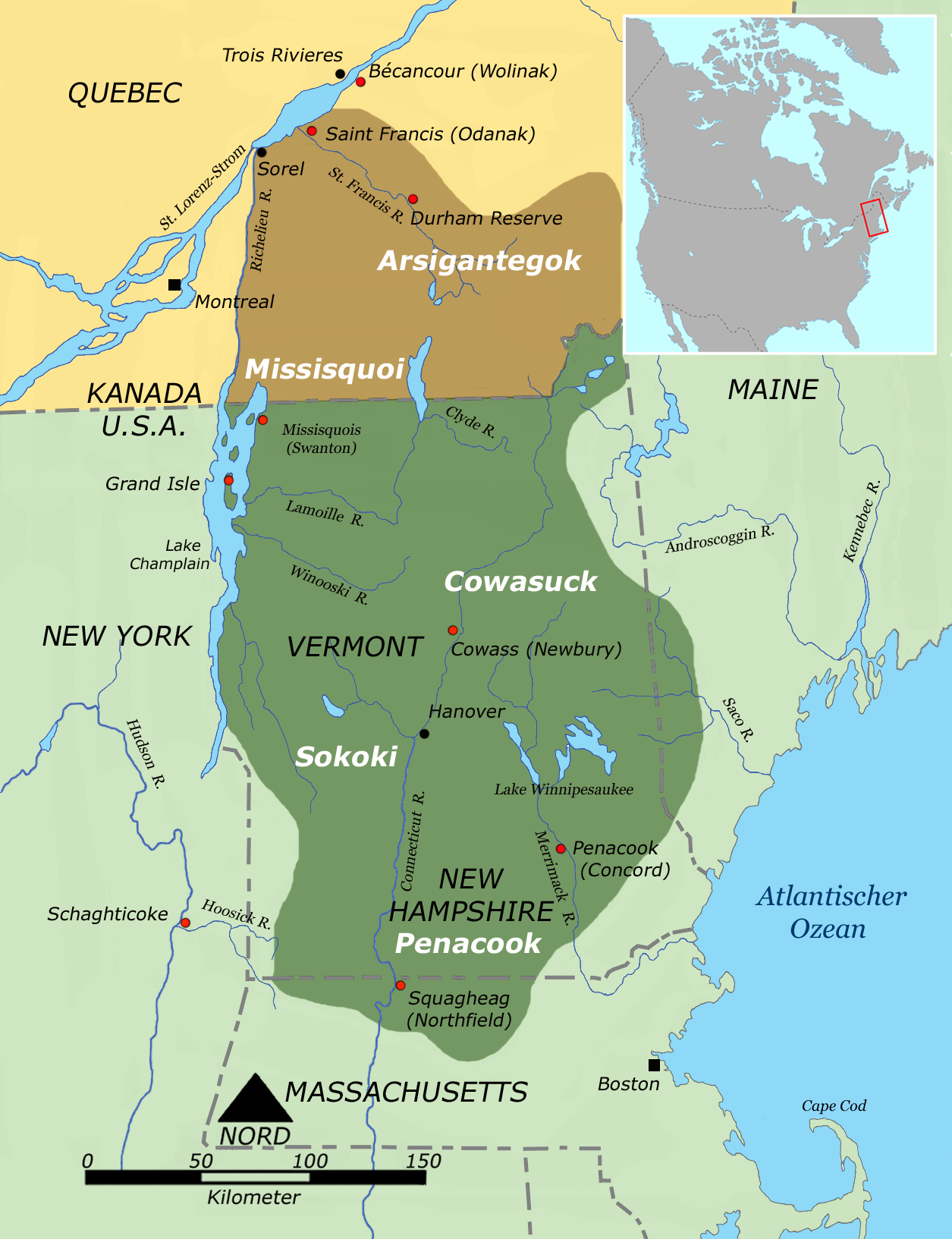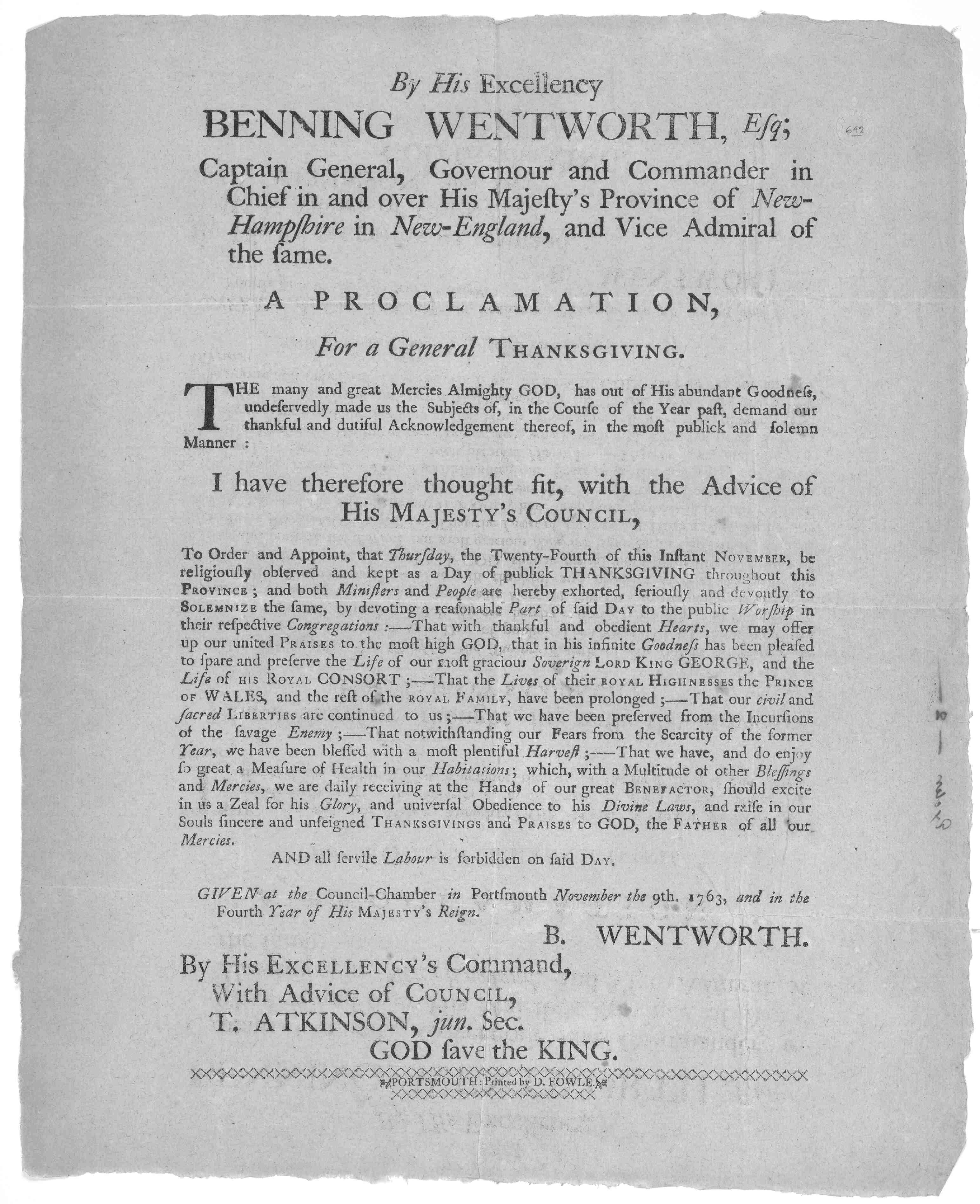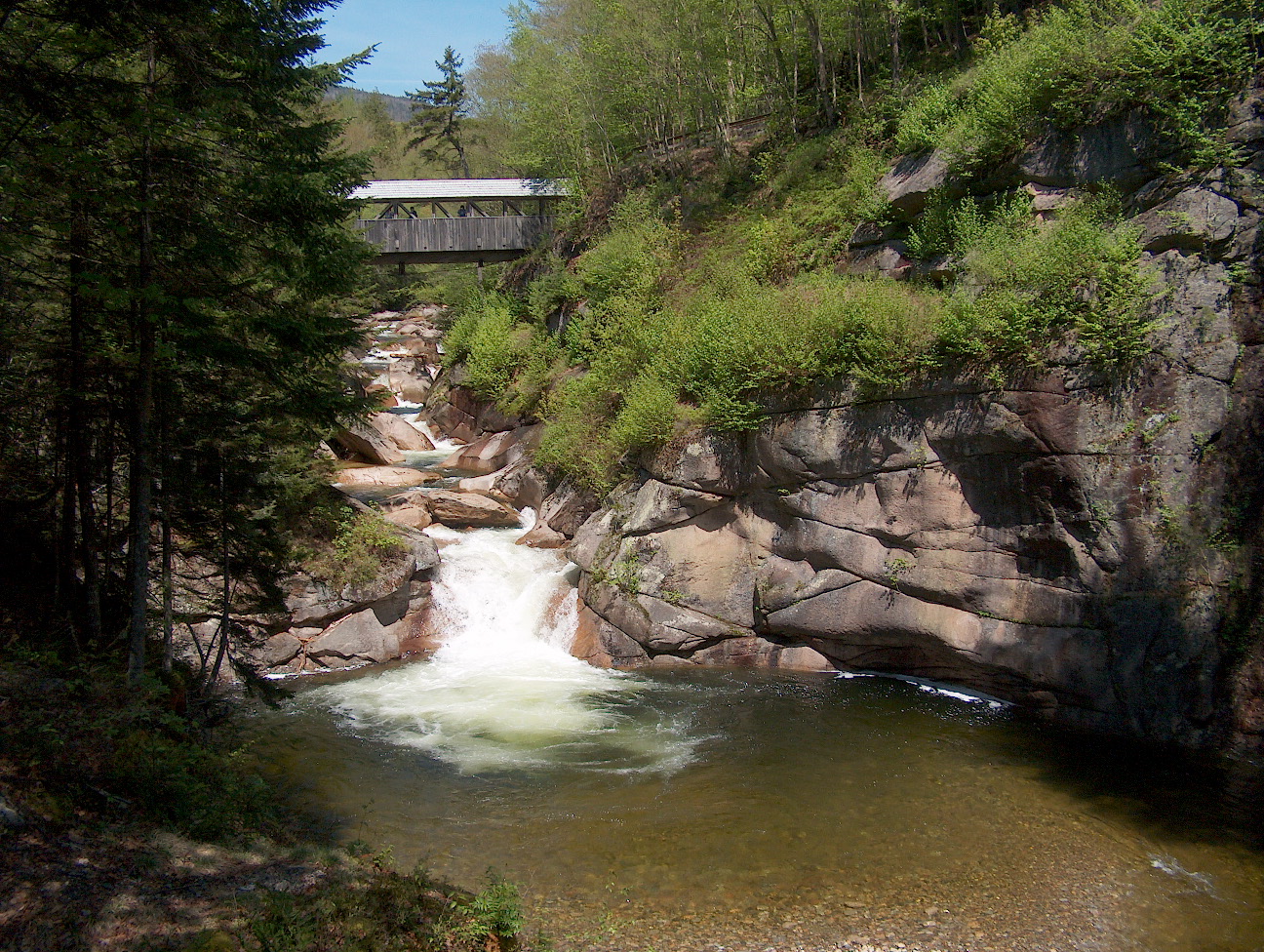|
Holderness, New Hampshire
Holderness is a town in Grafton County, New Hampshire, United States. The population was 2,004 at the 2020 census. An agricultural and resort area, Holderness is home to the Squam Lakes Natural Science Center and is located on Squam Lake. Holderness is also home to Holderness School, a co-educational college-preparatory boarding school. History The Squam Lakes were a trade route for Abenaki Indians and early European settlers, who traveled the Squam River to the Pemigewasset River, then to the Merrimack River and seacoast. In 1751, Thomas Shepard submitted a petition on behalf of 64 grantees to colonial Governor Benning Wentworth for 6 miles square on the Pemigewasset River. The governing council accepted, and the town was named after Robert Darcy, 4th Earl of Holderness. The French and Indian War, however, prevented settlement until after the 1759 Fall of Quebec. The land was regranted as "New Holderness" in 1761 to a group of New England families, and first settled in 1763. A ... [...More Info...] [...Related Items...] OR: [Wikipedia] [Google] [Baidu] |
Squam Lake
Squam Lake is a lake located in the Lakes Region of central New Hampshire, United States, south of the White Mountains, straddling the borders of Grafton, Carroll, and Belknap counties. The largest town center on the lake is Holderness. The lake is located northwest of much larger Lake Winnipesaukee. It drains via a short natural channel into Little Squam Lake, and then through a dam at the head of the short Squam River into the Pemigewasset at Ashland. Covering , Squam is the second-largest lake located entirely in New Hampshire. Squam Lake was originally called ''Keeseenunknipee'', which meant "the goose lake in the highlands". The white settlers that followed shortened the name to "Casumpa", "Kusumpy" and/or "Kesumpe" around 1779. In the early 19th century, the lake was given another Abenaki name, ''Asquam'', which means "water". Finally, in the early 20th century, Asquam was shortened to its present version, Squam. Squam Lake is much less commercialized than its nei ... [...More Info...] [...Related Items...] OR: [Wikipedia] [Google] [Baidu] |
Abenaki
The Abenaki (Abenaki: ''Wαpánahki'') are an Indigenous peoples of the Northeastern Woodlands of Canada and the United States. They are an Algonquian-speaking people and part of the Wabanaki Confederacy. The Eastern Abenaki language was predominantly spoken in Maine, while the Western Abenaki language was spoken in Quebec, Vermont, and New Hampshire. While Abenaki peoples have shared cultural traits, they did not historically have a centralized government. They came together as a post-contact community after their original tribes were decimated by colonization, disease, and warfare. Names The word ''Abenaki'' and its syncope, ''Abnaki,'' are both derived from ''Wabanaki'', or ''Wôbanakiak,'' meaning "People of the Dawn Land" in the Abenaki language. While the two terms are often confused, the Abenaki are one of several tribes in the Wabanaki Confederacy. The name is spelled several ways including Abnaki, Abinaki, and Alnôbak. ''Wôbanakiak'' is derived from ''wôban'' ( ... [...More Info...] [...Related Items...] OR: [Wikipedia] [Google] [Baidu] |
England
England is a country that is part of the United Kingdom. It shares land borders with Wales to its west and Scotland to its north. The Irish Sea lies northwest and the Celtic Sea to the southwest. It is separated from continental Europe by the North Sea to the east and the English Channel to the south. The country covers five-eighths of the island of Great Britain, which lies in the North Atlantic, and includes over 100 smaller islands, such as the Isles of Scilly and the Isle of Wight. The area now called England was first inhabited by modern humans during the Upper Paleolithic period, but takes its name from the Angles, a Germanic tribe deriving its name from the Anglia peninsula, who settled during the 5th and 6th centuries. England became a unified state in the 10th century and has had a significant cultural and legal impact on the wider world since the Age of Discovery, which began during the 15th century. The English language, the Anglican Church, and Engli ... [...More Info...] [...Related Items...] OR: [Wikipedia] [Google] [Baidu] |
Samuel Livermore
Samuel Livermore (May 14, 1732May 18, 1803) was a U.S. politician. He was a U.S. Senator from New Hampshire from 1793 to 1801 and served as President pro tempore of the United States Senate in 1796 and again in 1799. Life and career Livermore was born in Waltham in the Province of Massachusetts Bay, the son of Hannah (Brown) and Samuel Livermore, and attended Waltham schools. He graduated from the College of New Jersey (now Princeton University) in 1752, then studied law, was admitted to the bar in 1756, and commenced practice in Waltham. He moved to Portsmouth, in 1758 and later to Londonderry. He was a member of the New Hampshire General Court (the state's general assembly) 1768–1769. He was judge-advocate in the Admiralty court and Attorney General from 1769 to 1774. He moved to Holderness in 1775 and was State attorney for three years. Livermore was a Member of the Continental Congress from 1780 to 1782 and again from 1785 to 1786. He was chief justice of the New Hamps ... [...More Info...] [...Related Items...] OR: [Wikipedia] [Google] [Baidu] |
New England
New England is a region comprising six states in the Northeastern United States: Connecticut, Maine, Massachusetts, New Hampshire, Rhode Island, and Vermont. It is bordered by the state of New York to the west and by the Canadian provinces of New Brunswick to the northeast and Quebec to the north. The Atlantic Ocean is to the east and southeast, and Long Island Sound is to the southwest. Boston is New England's largest city, as well as the capital of Massachusetts. Greater Boston is the largest metropolitan area, with nearly a third of New England's population; this area includes Worcester, Massachusetts (the second-largest city in New England), Manchester, New Hampshire (the largest city in New Hampshire), and Providence, Rhode Island (the capital of and largest city in Rhode Island). In 1620, the Pilgrims, Puritan Separatists from England, established Plymouth Colony, the second successful English settlement in America, following the Jamestown Settlement in Virginia foun ... [...More Info...] [...Related Items...] OR: [Wikipedia] [Google] [Baidu] |
Fall Of Quebec
The Battle of the Plains of Abraham, also known as the Battle of Quebec (french: Bataille des Plaines d'Abraham, Première bataille de Québec), was a pivotal battle in the Seven Years' War (referred to as the French and Indian War to describe the North American Theater (warfare), theatre). The battle, which began on 13 September 1759, was fought on a Promontory of Quebec, plateau by the British Army and Royal Navy against the French Army, just outside the Ramparts of Quebec City, walls of Quebec City on land that was originally owned by a farmer named Abraham Martin, hence the name of the battle. The battle involved fewer than 10,000 troops in total, but proved to be a deciding moment in the conflict between France and Kingdom of Great Britain, Britain over the fate of New France, influencing the later creation of Canada. The culmination of a three-month siege by the British, the battle lasted about an hour. British troops commanded by General James Wolfe successfully resisted ... [...More Info...] [...Related Items...] OR: [Wikipedia] [Google] [Baidu] |
French And Indian War
The French and Indian War (1754–1763) was a theater of the Seven Years' War, which pitted the North American colonies of the British Empire against those of the French, each side being supported by various Native American tribes. At the start of the war, the French colonies had a population of roughly 60,000 settlers, compared with 2 million in the British colonies. The outnumbered French particularly depended on their native allies. Two years into the French and Indian War, in 1756, Great Britain declared war on France, beginning the worldwide Seven Years' War. Many view the French and Indian War as being merely the American theater of this conflict; however, in the United States the French and Indian War is viewed as a singular conflict which was not associated with any European war. French Canadians call it the ('War of the Conquest').: 1756–1763 The British colonists were supported at various times by the Iroquois, Catawba, and Cherokee tribes, and the French ... [...More Info...] [...Related Items...] OR: [Wikipedia] [Google] [Baidu] |
Earl Of Holderness
The title Earl of Holderness also known as Holdernesse existed in the late 11th and early 12th centuries as a feudal lordship and was officially created three times in the Peerage of England namely in 1621, in 1644 as a subsidiary title to that of the then-Duke of Cumberland and in 1682. The official creations lasted 5, 38 and 96 years respectively. The title was first held by Odo, Count of Champagne created Earl of Holderness (an area of land occupying the far east of East Yorkshire along the North Sea and Humber Estuary) by his brother-in-law William the Conqueror after the Norman Conquest. Odo was stripped of his English lands after being implicated in a plot to put his own son Stephen of Aumale upon the throne of England in place of his first cousin, William II. However, the title was restored to Stephen in 1089. The first official creation, in 1621, along with the subsidiary title Baron Kingston upon Thames, of Kingston upon Thames in the County of Surrey, was in favour of ... [...More Info...] [...Related Items...] OR: [Wikipedia] [Google] [Baidu] |
Benning Wentworth
Benning Wentworth (July 24, 1696 – October 14, 1770) was an American merchant and colonial administrator who served as the governor of New Hampshire from 1741 to 1766. While serving as governor, Wentworth is best known for issuing several land grants in territory claimed by the Province of New Hampshire west of the Connecticut River, which led to disputes with the neighboring colony of New York and the eventual founding of Vermont. Born in Portsmouth, New Hampshire into a prominent colonial family in 1692, Wentworth was groomed by his father John while growing up to assume control over the family business before misbehavior while studying at Harvard College led him to be sent to Boston instead in 1715. There, Wentworth was apprenticed at his uncle's business before becoming a merchant. In 1730, he returned to Portsmouth to assume control over his father's estate. After Wentworth returned to his family, he soon started becoming involved in politics, sitting on both the House ... [...More Info...] [...Related Items...] OR: [Wikipedia] [Google] [Baidu] |
British North America
British North America comprised the colonial territories of the British Empire in North America from 1783 onwards. English overseas possessions, English colonisation of North America began in the 16th century in Newfoundland (island), Newfoundland, then further south at Roanoke Colony, Roanoke and Jamestown, Virginia, and more substantially with the founding of the Thirteen Colonies along the Atlantic coast of North America. The British Empire's colonial territories in North America were greatly expanded in connection with the Treaty of Paris (1763), which formally concluded the Seven Years' War, referred to by the English colonies in North America as the French and Indian War, and by the French colonies as . With the ultimate acquisition of most of New France (), Territorial evolution of North America since 1763, British territory in North America was more than doubled in size, and the exclusion of France also dramatically altered the political landscape of the continent. The ... [...More Info...] [...Related Items...] OR: [Wikipedia] [Google] [Baidu] |
Merrimack River
The Merrimack River (or Merrimac River, an occasional earlier spelling) is a river in the northeastern United States. It rises at the confluence of the Pemigewasset and Winnipesaukee rivers in Franklin, New Hampshire, flows southward into Massachusetts, and then flows northeast until it empties into the Gulf of Maine at Newburyport. From Pawtucket Falls in Lowell, Massachusetts, onward, the Massachusetts–New Hampshire border is roughly calculated as the line three miles north of the river. The Merrimack is an important regional focus in both New Hampshire and Massachusetts. The central-southern part of New Hampshire and most of northeast Massachusetts is known as the Merrimack Valley. Several U.S. naval ships have been named and USS ''Merrimac'' in honor of this river. The river is perhaps best known for the early American literary classic ''A Week on the Concord and Merrimack Rivers'' by Henry David Thoreau. Etymology and spelling The etymology of the name of the ... [...More Info...] [...Related Items...] OR: [Wikipedia] [Google] [Baidu] |
Pemigewasset River
The Pemigewasset River , known locally as "The Pemi", is a river in the state of New Hampshire, the United States. It is in length and (with its tributaries) drains approximately . The name "Pemigewasset" comes from the Abenaki word ''bemijijoasek'' əmidzidzoasək meaning "where side (entering) current is". Geography The Pemigewasset originates at Profile Lake in Franconia Notch State Park, in the town of Franconia. It flows south through the White Mountains and merges with the Winnipesaukee River to form the Merrimack River at Franklin. The Merrimack then flows through southern New Hampshire, northeastern Massachusetts and into the Atlantic Ocean. The Interstate 93 highway runs parallel with the river between Franconia Notch and New Hampton. The river passes through the communities of Lincoln, North Woodstock, Woodstock, Thornton, Campton, Plymouth, Holderness, Ashland, Bridgewater, Bristol, New Hampton, Hill, Sanbornton, and Franklin. The river descends over water ... [...More Info...] [...Related Items...] OR: [Wikipedia] [Google] [Baidu] |







